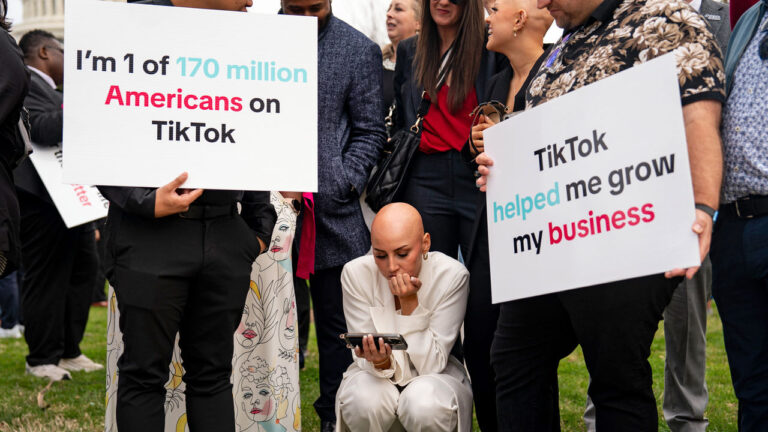President Trump delivered his proposed 2018 budget to Congress recently, while other policies have received more attention, the blueprint includes an ambitious proposal for paid family leave. A growing economy is the key to more and better jobs. The time for a dialogue on economic policies such as Paid Family Leave, which would enable parents to join and stay in the workforce, has come. The proposal requires states to provide new mothers and fathers with six weeks of paid time off. The cost of the proposal is offset by changes to the unemployment insurance program. I have a long record of being an advocate for reining in re-distributional entitlements; having served as Chief of Staff of the Presidents 1994 Entitlement and Tax Reform Commission (the “Kerrey-Danforth” commission) and having joined the board of the Concord Coalition. So, why would I consider supporting a policy that would require states to assist working families with paid leave? Paid family leave is a concept that would afford more people the opportunity to go to work, and stay in work, avoiding the necessity to otherwise rely on government assistance programs. It is an investment, a recognition of the modern realities of working families, and a key to the country’s economic future. While I cannot comment on the politics of the plan, as the CEO of a professional services firm that works with employers of all sizes, I see firsthand the difficulties families face in having to care for a new child and handle work responsibilities Consider the numbers. Today, a record 40 percent of American households with children under the age of 18 include mothers who are either the sole or primary source of income for their families. Across the country, more than 80 percent of the 12 million single-parent families in 2015 were headed by single mothers, according to the U.S. Census Bureau. And in 2016, there were more than 14 million households with two employed parents – over 60 percent of married-couple families with kids – the Bureau of Labor Statistics recently reported. Yet, at the same time, just 14 percent of civilian workers have access to paid family leave. Parents are increasingly having to choose between their children, or their jobs. The truth is that we simply cannot succeed, as a country, when we are leaving so much of our workforce behind. Paid family leave is one way to address the issue. It is also important to understand that paid family leave does not only help the women and men who directly benefit from it. It is good for businesses, too. Research has found that workplace flexibility, including paid family leave, makes employees more engaged and motivated, thereby increasing productivity. And for the rising generation of workers, flexibility is no longer seen as a perk but a requirement. In fact, 38 percent of millennials actually say they would consider moving to another country for better parental leave benefits. At EY, we were proud to expand our parental leave policy in 2016 to offer all U.S. employees – women and men – up to 16 weeks of paid time off after the birth or adoption of a child. Over the course of the past year, we have already found that improving our policy is increasing our capacity to build a sustainable pipeline of talent, especially as the number of dual career couples continues to increase. Increased retention of workers significantly benefits our bottom line. Other companies, across industries, have similarly reported positive results after expanding their own paid family leave policies. This results in retention of family members in the workforce, keeping them off of government assistance programs. Of course, not every employer would be able to choose the program EY has put in place, nor should they. States and businesses, like employees, need flexibility – which is why it is encouraging that the president’s proposal allows states to craft their own plans, recognizing one size does not fit all businesses. And moving forward, I hope both large and small employers will have a seat at the table. Simply put, paid family leave is not just a women’s issue, or even a family issue. It is a business issue and an economic imperative. The details of how to achieve it, as with any policy goal, will have to be debated through the legislative process. But while the process is just beginning, the Administration should be commended for putting this issue on the table. Indeed, as the realities of working families continue to evolve and modernize, it is critical for their economic security – and the country’s – that our workplace benefits do, too.














